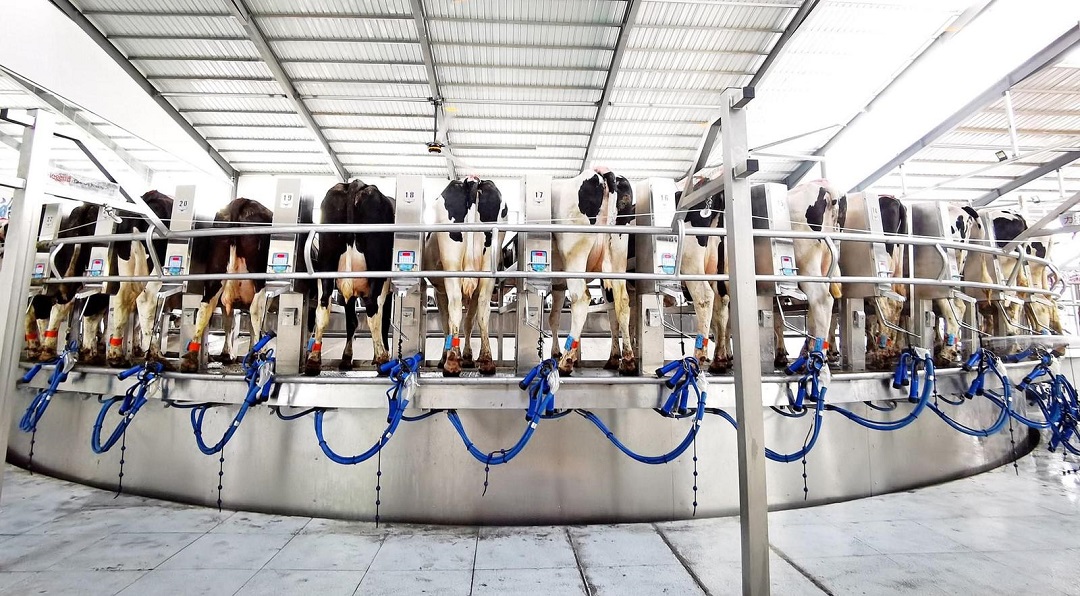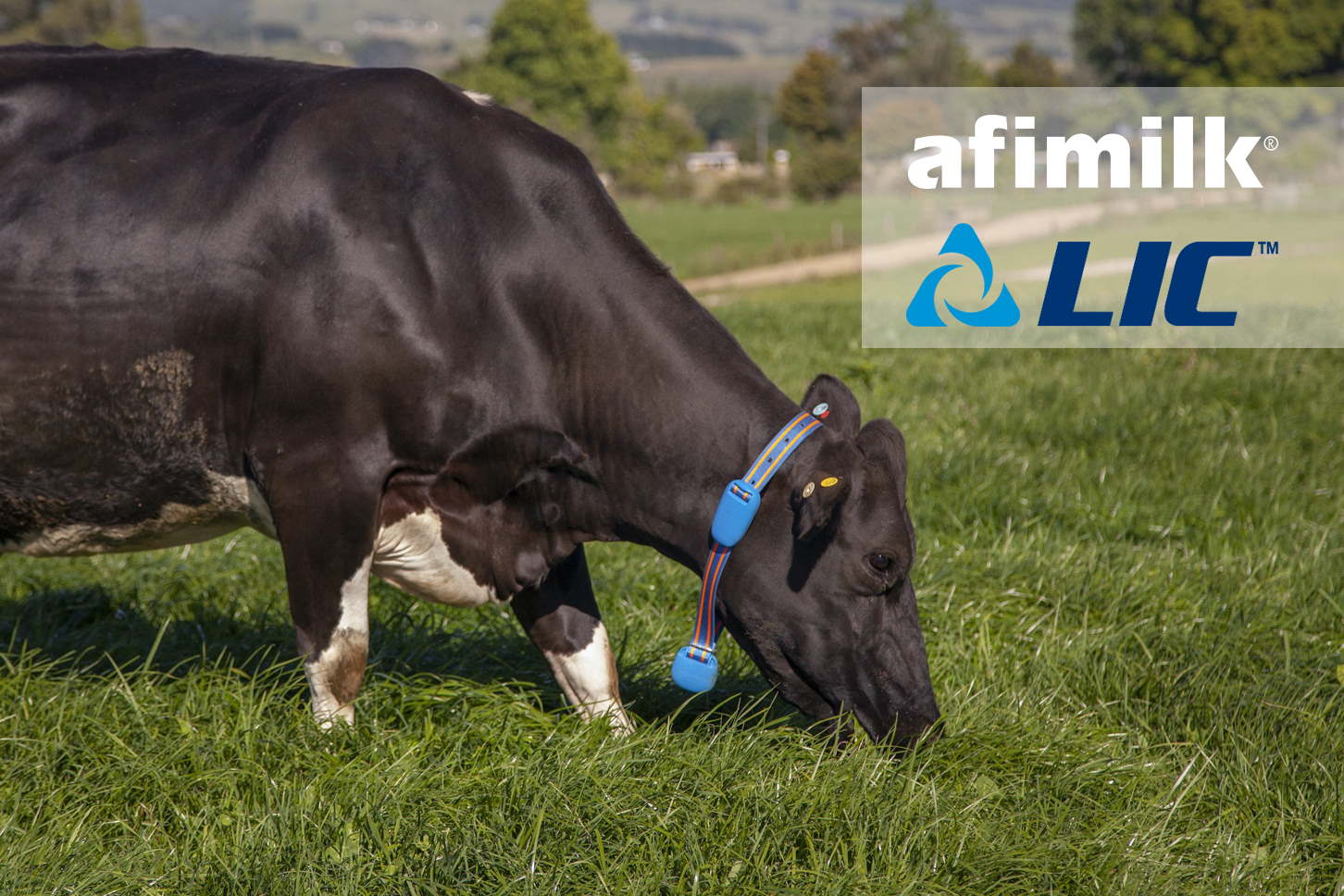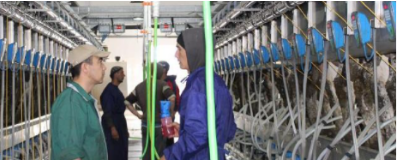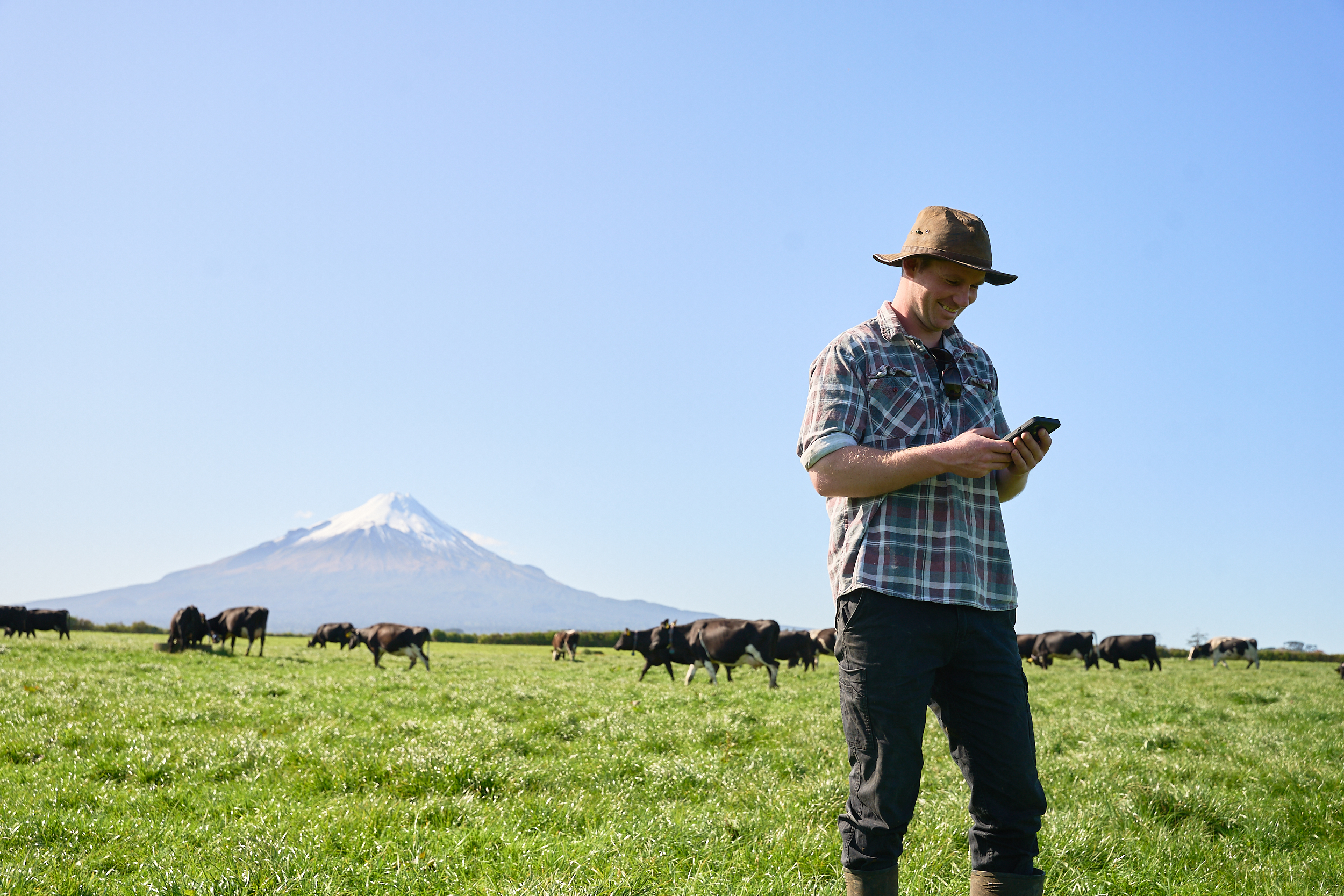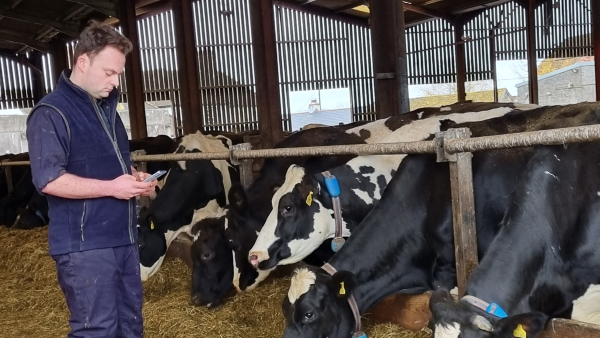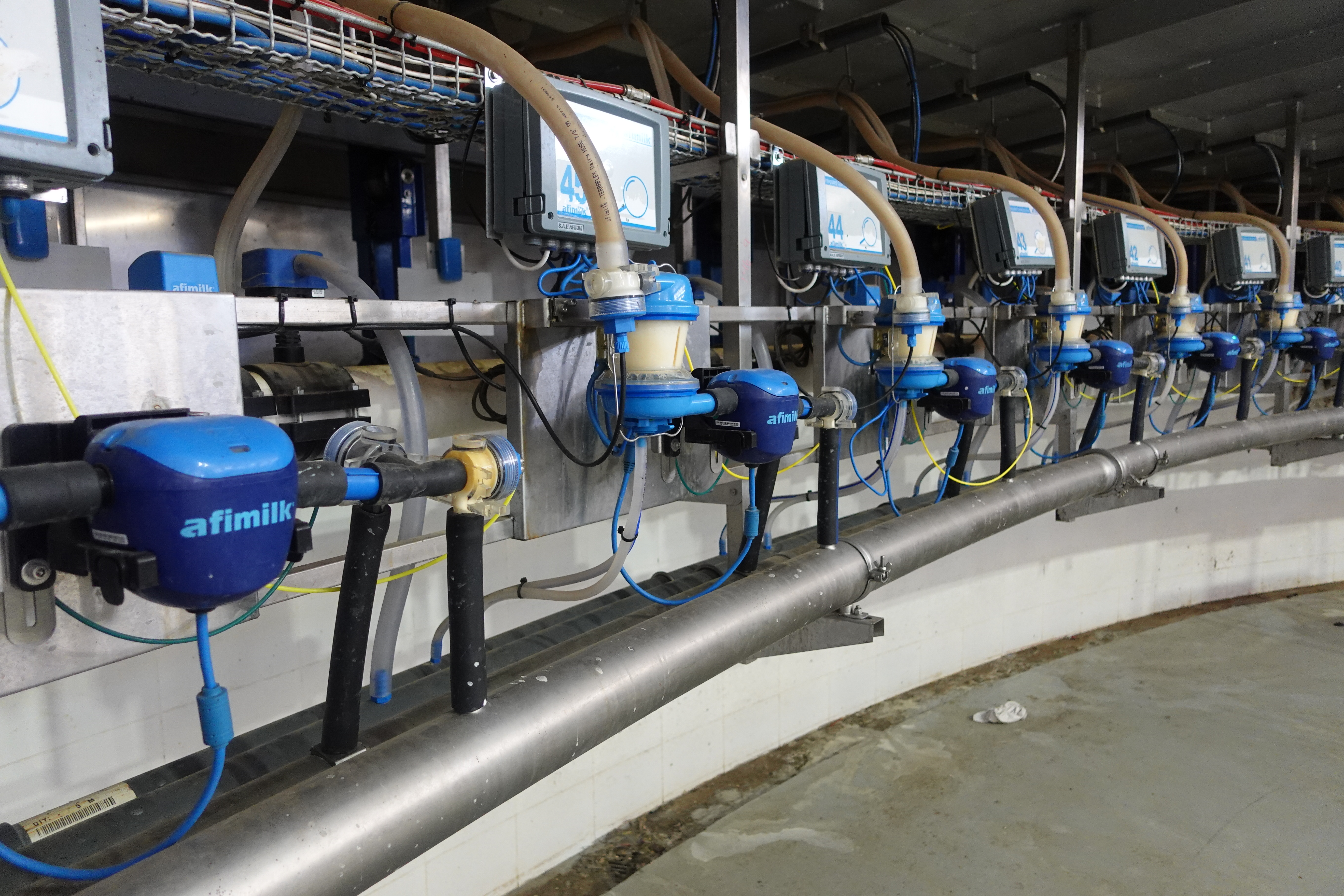By Amit Golan, Afimilk Application Support Manager
The milking parlor is the heart of every dairy farm. A mismanaged parlor can negatively impact a farm’s critical areas of profitability, including an increase in cases of mastitis in cows, chronic teat problems and other health issues that can influence fertility, feed efficiency and welfare – ultimately ending in lost milk and lost revenue.
Alternatively, a well-managed milking parlor with a consistent routine has calm, more relaxed cows that rest more, enjoy a stronger immune system and convert feed more efficiently.
Milking parlor efficiency is not one parameter that needs to be measured, or one action that needs to be perfected; gaining efficiency is about the entire farm routine.
Increasing milking parlor efficiency begins with an understanding that any change or environmental stressor will influence cow behavior and performance. Cows are influenced by a wide range of variables, including:
• Vehicle and machinery traffic
• Noise and human distractions
• Pen movements
• Social structure within groups
• Smells, weather and other site-specific stressors
In addition, how a cow will milk can be affected by the environmental conditions in the holding pen and during movement to the milking parlor, as well as the method of loading onto the milking deck.
The Role of Oxytocin in Milking Parlor Efficiency
Oxytocin is a hormone secreted in a cow’s brain during the milking process. The secretion of oxytocin will influence the way a cow performs in the parlor. Without oxytocin, a cow might leave the milking parlor with a significant amount of milk left in the udder as roughly one third of milk is available immediately while the rest is released during milking in the presence of oxytocin (Gorewit et al 1983).
Any kind of stressor or unfamiliar situation can inhibit the release of oxytocin, including noise, lighting, walking surfaces, and challenges for dominance with other cows. It’s important to always be aware of stressors cows are exposed to daily, especially on the way to the parlor.
Milking Efficiency with Automatic Milkers
Since cows are so sensitive to routine, automation in the dairy industry is the key to maintaining the conditions ideal for maximum milk production. If cows come to the milking parlor relaxed and ready to let down milk with oxytocin flowing through their blood stream, but do not feel confident in the removal time of the milking cluster, it can create tensions that can inhibit oxytocin secretion.
Even the most skilled milking crew may not be able to supply a level of consistency on par with automatic removal clusters. Observations of manual milking data points from Afimilk users have shown a lack of consistency with flow rate at removal ranging from 0.22 to 18 lbs. per minute. It could be argued that milkers are no longer trained to work with manual milkers, which could explain why they cannot match the consistency of an automated parlor.
To maximize milking parlor efficiency, it’s important to ensure cluster removal settings are correct and milkers are not milking any cows manually or cancelling the automatic cluster removal.
Miking efficiency can also falter with bimodal milk flow, which is an issue that should be examined any time a herd average is showing a negative trend of flow rate. A bimodal milk flow curve tells us cows are secreting oxytocin very late, which could be related to any of the stressors mentioned previously.
A farm showing severe bi modality in every session with no improvement will have room for improvement on its parlor performance, with opportunity to save several minutes of milking in some cases.
On dairy farms, we are trying to imitate a maternal instinct a cow has and harvest milk that she produces for her offspring. In order to be as efficient possible, it’s critical dairies provide conditions that are the closest to the cow’s natural environment while limiting or eliminating any natural stressors.
Farms able to create conditions that are as close to stress free as possible with a solid, consistent routine will be able to milk more cows in less time with fewer milking issues, like mastitis. The end result? Improved cow longevity, higher fertility and better-quality milk.
